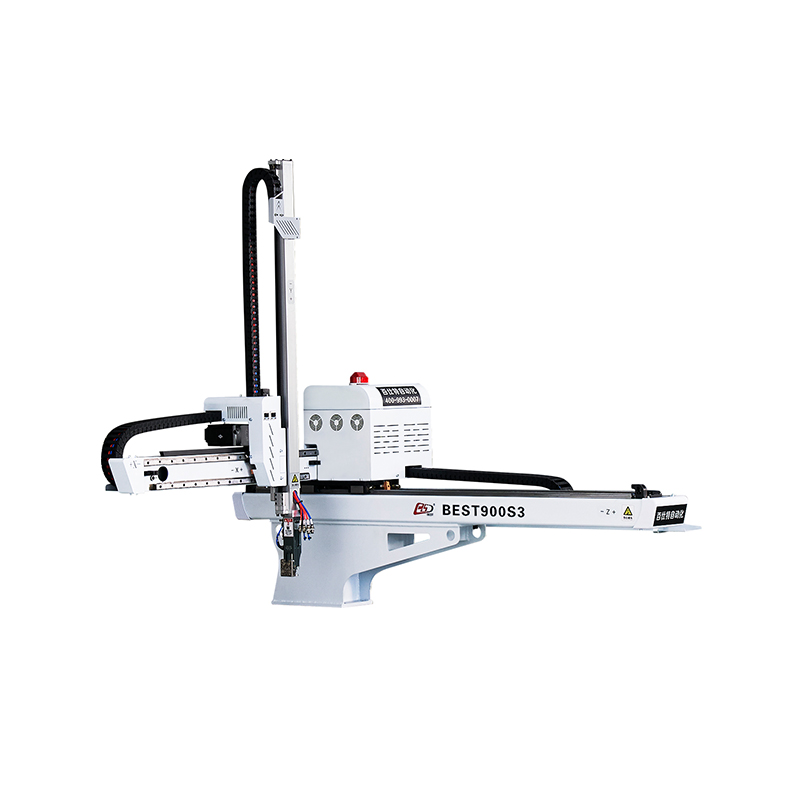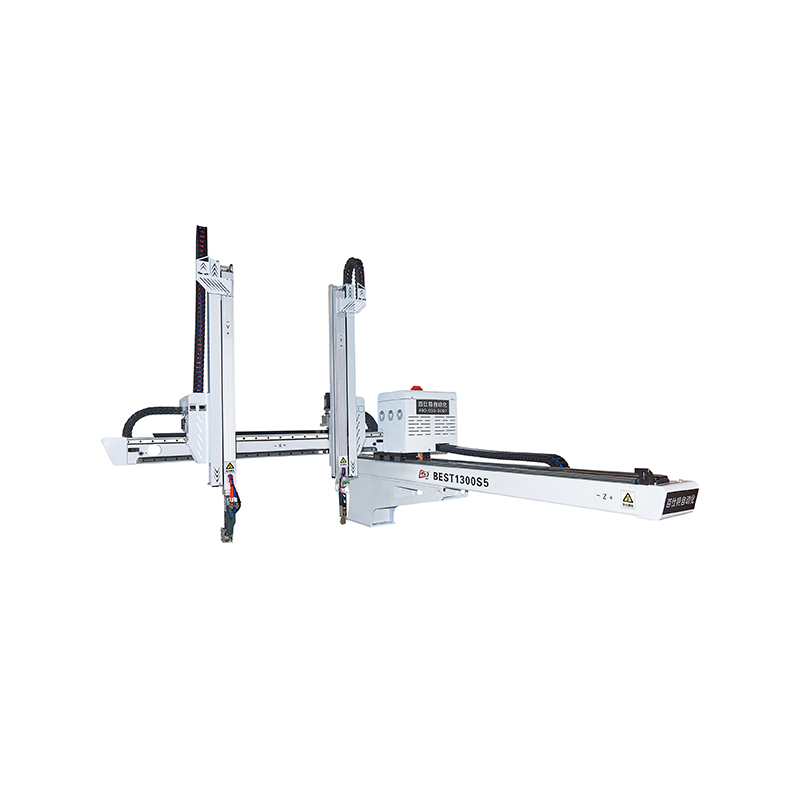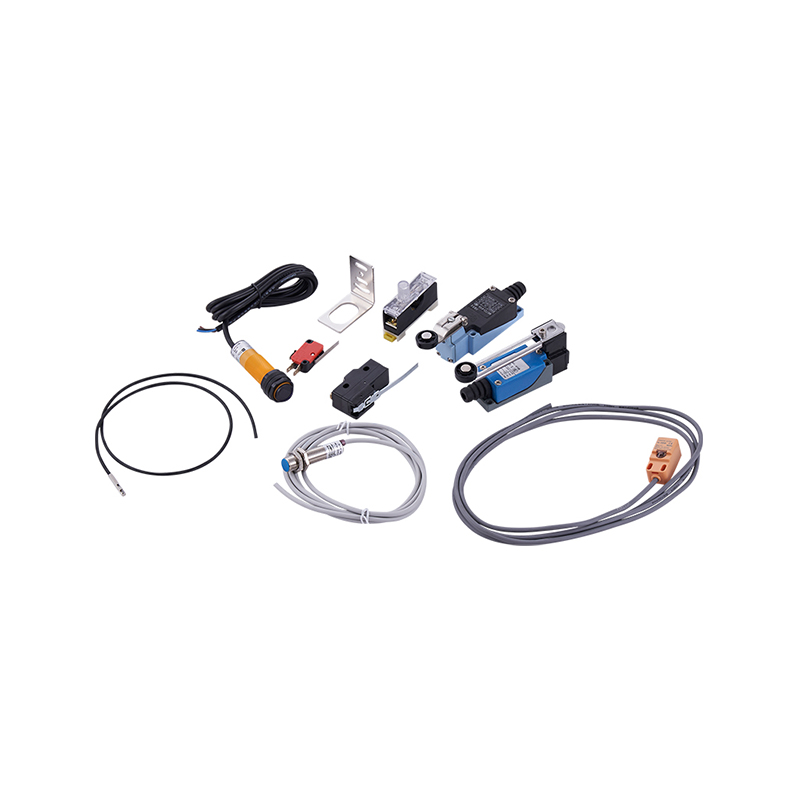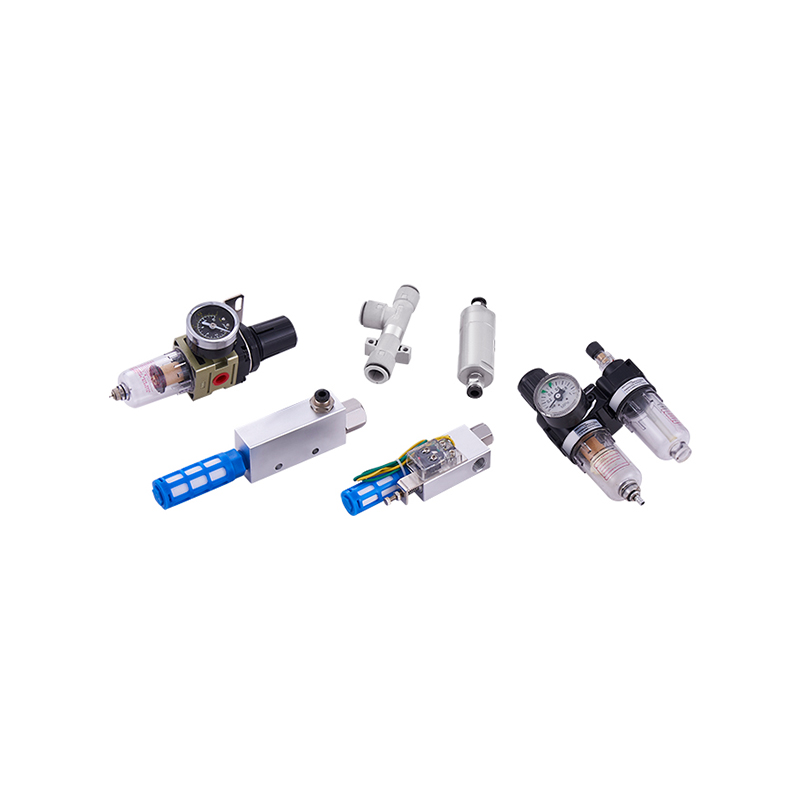Manipulators serve as the backbone of robotic systems, enabling precise motion and control in various applications. Among the diverse range of manipulators available today, the Cable Driven Parallel Manipulator and Robotic Manipulator stand out for their unique capabilities and innovative designs.
The Cable Driven Parallel Manipulator (CDPM) is a revolutionary robotic manipulator that utilizes cables or wires to drive and control the movement of its end-effector. Unlike traditional robotic arms that rely on rigid links and joints, CDPMs offer unparalleled flexibility and adaptability, making them ideal for tasks that require complex motion patterns or workspace constraints.
One of the key advantages of the CDPM is its ability to achieve high-speed and high-precision movements with small inertia and backlash. The use of cables enables smooth and fluid motion, allowing the manipulator to perform tasks like pick-and-place operations, assembly, and inspection with exceptional accuracy and repeatability.
Moreover, CDPMs are highly scalable and can be customized to meet specific application requirements, from small-scale desktop robots to large-scale industrial manipulators. This scalability ensures that the manipulator can adapt to different environments and tasks, offering flexibility and versatility in robotic system design.
Additionally, CDPMs are inherently safe and collaborative, with built-in safety features and control algorithms that enable them to work alongside human operators safely. The flexibility and adaptability of cable-driven systems allow for dynamic obstacle avoidance and workspace optimization, small the risk of accidents or collisions.
The Robotic Manipulator represents a broader category of robotic arms and manipulators that utilize rigid links, joints, and actuators to achieve precise motion and control. These manipulators come in various configurations, including serial and parallel structures, and are widely used across different industries for tasks like welding, machining, material handling, and assembly.
One of the distinguishing features of Robotic Manipulators is their robustness and reliability, with rigid structures and high-torque actuators that enable them to handle heavy payloads and perform demanding tasks with ease. The rigid nature of these manipulators ensures stable and consistent performance, even under high-load conditions.
Moreover, Robotic Manipulators are equipped with advanced control systems and programming interfaces that enable seamless integration with other automation technologies, such as sensors, vision systems, and PLCs. This integration facilitates automated workflows, adaptive motion planning, and real-time monitoring, optimizing overall system performance and efficiency.
Additionally, Robotic Manipulators offer a wide range of customization options, including end-effectors, grippers, and tool changers, to suit specific application requirements. Whether it's handling delicate components, performing complex assembly tasks, or operating in harsh environments, these manipulators can be tailored to meet diverse industrial needs.
Cable Driven Parallel Manipulators and Robotic Manipulators each offer unique advantages and capabilities that cater to different robotic motion and control requirements across various industries. Whether it's achieving unparalleled flexibility and adaptability with CDPMs or ensuring robustness and reliability with traditional Robotic Manipulators, these manipulators are pushing the boundaries of what's possible in robotic system design and automation.
From smarter sensors and adaptive control algorithms to improved safety features and collaborative capabilities, the future of robotic manipulators is promising, offering new opportunities to optimize processes, reduce costs, and drive innovation in the field of robotics and automation.



 English
English 中文简体
中文简体 русский
русский Español
Español عربى
عربى












